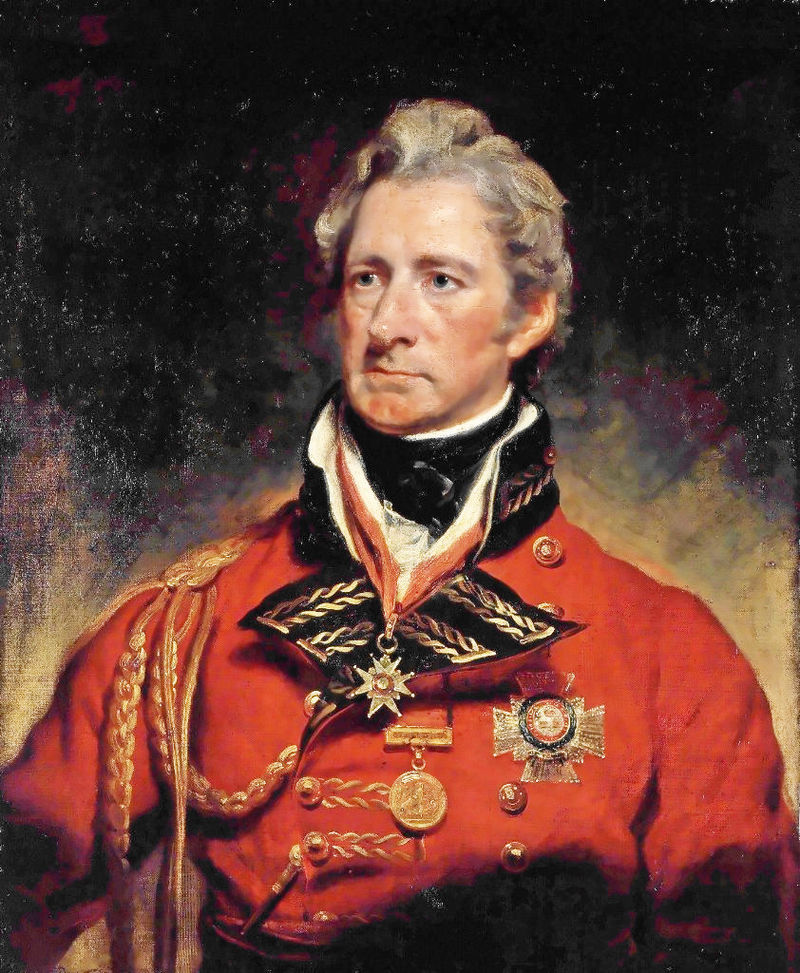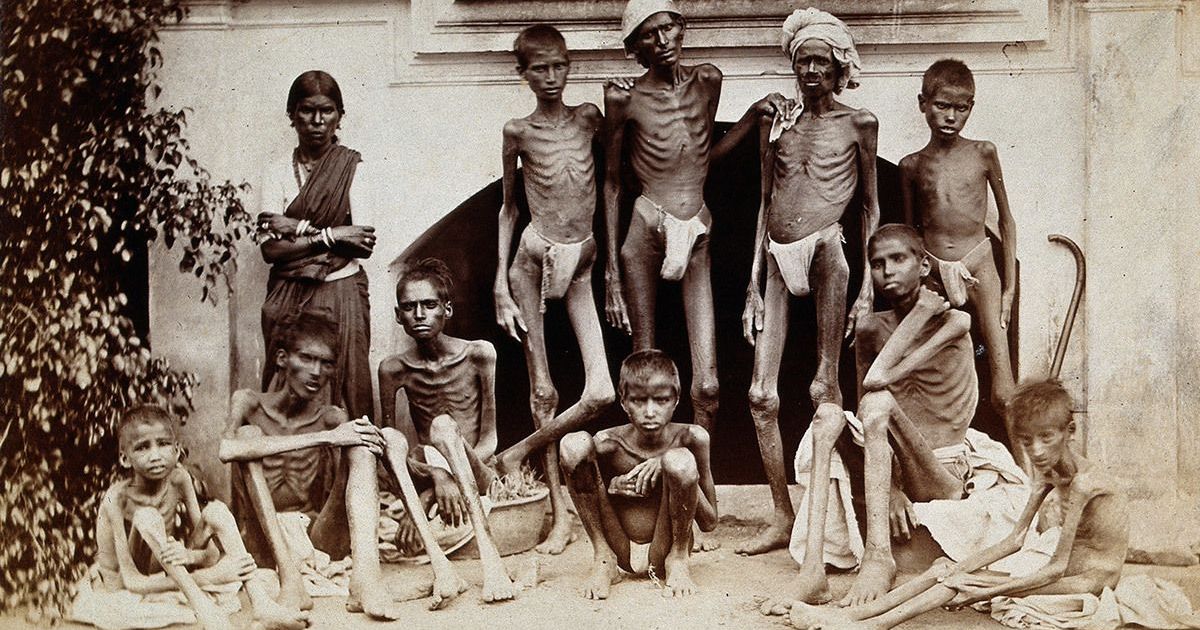Ryotwari System was introduced by Sir Thomas Munro in 1820 in Madras presidency. In 1825, it was introduced in parts of Bombay presidency by Mountstuart Elphinstone, Governor of Bombay. The earliest expectation related to Ryotwari Settlement was carried out by Alexander Read during 1790-99 in the territories received by the company from Mysore through the treaty of Shrirangapattanam.
These expectations constituted the 1st state of the Ryotwari System in India & full-fledged system introduced by Thomas Munro & Elphinstone represented 2nd After 1855, 3rd stage of the Ryotwari System was developed to remove the evils prevailing in 2nd This reformed system replaced the old arrangement in Madras as well as Bombay presidency.
Why was the Ryotwari System introduced?

Failure of permanent settlement in fulfilling expectations attached to it forced the company to develop the Ryotwari System as an alternative. Some of the officials of the company believed that mistake was committed by the company introducing permanent settlement because the company’s income from Land Revenue could never increase in the future. They were against the extension of this system.
The influence of utilitarian philosophy was also responsible for the introduction of the Ryotwari System. The utilitarian were against monopolists in practice, they believed in the idea of lairize fare. In the permanent settlement, Zamindar enjoyed a monopoly because of this utilitarian were against it. Madras government was chronicle short of the fund; it wanted a revolt arrangement in which income from Land Revenue could increase periodically.
Thomas Munro thought that Ryotwari System was a traditional Indian settlement. It was most suitable for the Indian condition.
Important features of the Ryotwari System
The peasants were ordered as the owner of land & a revolt agreement was made within. Land Revenue was to be assisted through survey & measurement. Total production was to be determined through sample cutting. The fertility of soil & types of crops being cultivated were taken into account. The Land Revenue varied from 1/3rd to 2/5th of the production.
The peasants were allowed to pay revolt either in cash or in kind. If the peasant felt that the amount of Land Revenue was too high peasants could refuse cultivation on that piece of land. This land offered to other peasants on the same term & if nobody agreed the land was left fellow/uncultivated but condition won’t be modified.
Limitations of Ryotwari System
The system of survey and measurement was cumbersome because of this; it was not followed in practice. The total production was decided through rough estimation by the company’s estimation. This estimation deliberately inflated because this actual burden of Land Revenue on peasant was more than 80-90% of production hardly anything left with them with their survival. Most peasants started abandoning cultivation. In 1855, a land survey was carried out in Madras presidency. It was found that only 14.5 m land was cultivated & 18 m acre fertile land was lying fellow.
Since agriculture was abundant, the production of food declined sharply as a result Madras strutted by famine repeatedly. More than 5 m lives were lost during the great famine of 1876-78. Land lost market value because agriculture was not profitable. Poverty, unemployment & hunger became widespread in Ryotwari System areas.
After the survey of 1855, the limitation of the Ryotwari System (use of rough estimation) was removed to some extent. The burden of Land Revenue got reduced, now the money lenders & big peasants started snatching the land small peasantry. As a result of this, big Landlords emerged in the Ryotwari System as well because there was no maximum limit to hold land.
Mahalwari System
In the Mahalwari system, the village headman had to collect revolt from individual peasants. The peasants were the owner of the land. The burden of Land Revenue was distributed among them. In case of failure of the peasant in paying Land Revenue in time, the village headman used to allow his land to another peasant. The burden of Land Revenue was more than 80% of production. This settlement was introduced in 1822 in parts of the Bombay presidency & in 1833 in Awadh & Agra region.
Commercialization of Indian Agriculture
The term commercialization refers to the cultivation of cash crops in place of food crops. In the beginning decades of the 19th century, the British promoted commercialization of Indian agriculture. Food crops like wheat & rice got replaced with cash crops like indigo, cotton, tobacco & sugarcane cash crops like tea, coffee & rubber were also consciously promoted by facilitating the entry of European capital. This provision continued to gain momentum throughout 19th
The imposition of a cash economy forced Indian peasants to cultivate those crops that could be sold easily in the market. Because of this, the peasant had started the cultivation of cash crops. The excessively heavy burden of Land Revenue also forced peasants to cultivate cash crops because production was expected to be more for these crops.
The introduction of the contract system of agriculture in Indian also gave a boost to the commercialization of Agriculture. Charter Act 1833, allowed European to purchase immovable property in India. They could enter into a contract with the individual farmer to get a specific crop cultivated. The needs of British industries were also involved in the commercialization of Indian agriculture. Raw materials like indigo & cotton to be exported British as to industry. The need to balance China trade forced the company to grow opium in India. Cash crops were also increased because these could be easily exported & Indian wealth could easily be drained out.
Consequences
Emphasis on the production of consequences resulted in the decline of food grain production, this in term responsible for widespread hunger & recurring famine in the 19th century. Consequences like indigo ruined the fertility of the soil. Many peasants got trapped in debt because they had to take a loan from local money to purchase new seeds & implements. The stability of the rural economy got seriously affected because the price of consequences in India was linked to the international market.
The fall in cotton prices in 1870 was responsible for the Deccan riots. The commercialization of Agriculture increase exploitation of Indian peasant because of consequences was controlled by European. Indian peasants never received a proper return. The consequences of Agriculture facilitated the drain of wealth because this crop could easily export.Famine

Famine refers to the situation of large-scale death due to starvation caused by the non-availability of food material for a long time. The non-availability of food material continued for such a long period so that the physical capacity of people started degenerating and death in masses followed.

Recurring Famine during British Rule
Recurring famine more than 40 major famines took place in 200 years. In 1769, a severe famine struck in Bengal, 1/3rd of the people of Bengal were wiped out. In 1833, the infamous Guntur famine took place, 40% of people were wiped out. During 1860-61, North India struck by severe famine resulted in the death of lacs of people. In 1866, the infamous Orissa famine took place 13 lac people killed.
During 1876-78, almost the whole of India was struck by severe famine maximum impact witnessed in Madras parliament because 58 million were affected & more than 5 million lost. During 1896-97, almost the whole of India was struck by famine 34 million people were affected & 5 million people lost life. During 1899-1900, once again many parts of India were struck by famine 20 million affected & more than 1 million got killed. The last major famine was in 1943-44 in Bengal, 1.5 million people lost their life.
Famine Policy during British Rule
During 100 years of Congress rule in India, the British never expected responsibility of helping famine-affected people. No steps of any kind were initiated to remove the circumstances responsible for the famine. Millions kept on dying & the British remain busy exploiting Indian resources. After the 1860-65 famine government-appointed Col. Baird Smith committee to look into causes of amine & to suggest remedial measures, but nothing was done.
In 1867, the George Campbell commission was appointed, this committee suggested that the government should take the step to employment, Famine affected people, Famine relief measures should be undertaken. It blamed the official system for famine. Sir Richard Strachey commission was appointed in 1878, Commission recommended that land Revenue should be canceled at the time of famine. Irrigation facilities should be developed. Famine courts should be formulated to undertake relief measures. Famine relief funds should set up so that relief measures could be initiated.
In James Lyall commission appointed but not significant recommendation put forward. Lord Curzon appointed Anthony Mcdonnell commission in 1900. This commission recommended that an exportation facility should be developed, and an Agriculture bank should be created, the Famine code should be reviewed, the Famine commission should be appointed, and Government should adopt a moral strategy while under famine relief measures.
In 1944, the John Woodhead commission appointed recommended that All Indian food council must be established, department of food & agriculture should be amalgamated/merged. Steps should be taken to increase production. Despite these various commissions & committee’s famine continue to remain a recurring phenomenon. The death & devastation caused by this famine was continued unabated because famine policy & the relief measure were the productions of the colonial regime & Congress Rule couldn’t benefit the masses & character was float.

